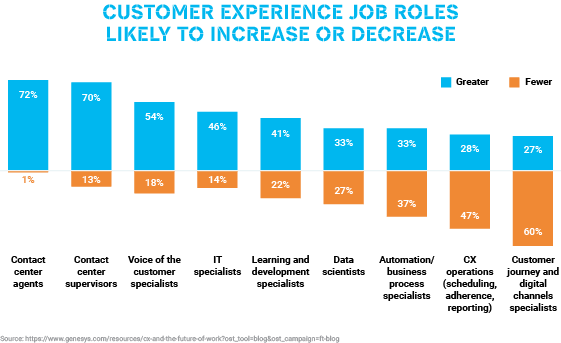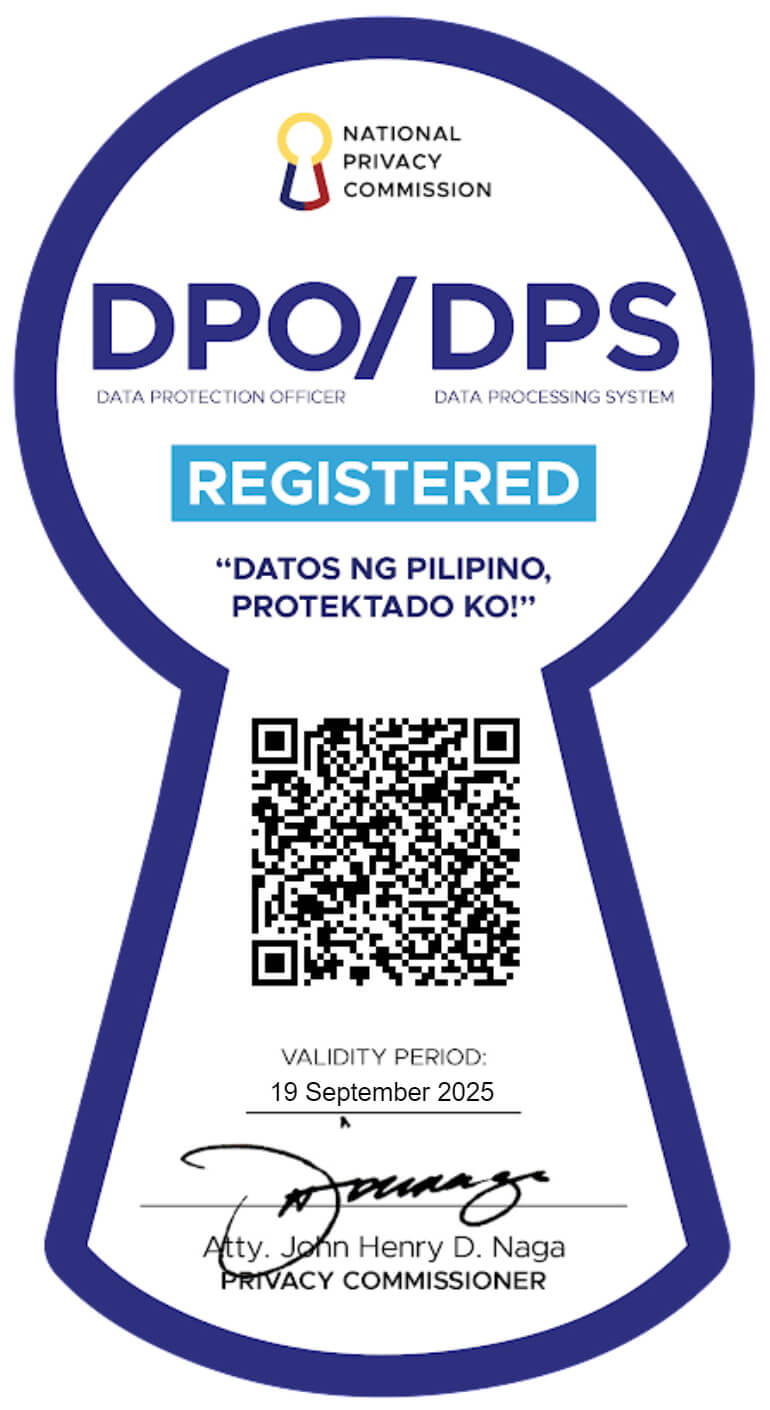-
About Us
Probe CX is a tech-powered, global customer experience organisation that amplifies human capabilities with technological excellence.
-
Awards and Accreditations
As an industry-leading CX and digital transformation provider, Probe CX has a resume to match any of our competition.
-
Compliance
Industry-recognised certifications to protect what matters most to our clients and their customers.
-
Locations
Over 19,000 team members delivering exceptional customer experiences across five countries.
-
Vision and Culture
We help our clients become modern digital organisations by combining the latest technology with people, process and data.
-
Executive Team
Meet the team with unmatched experience committed to helping organisations create environments for digitally-enabled CX to thrive.
-
 Blog
BlogDiscover the latest insights, information and trends in blogs created by customer experience experts.
-
 News
NewsLearn where Probe CX have been recognised in the news, including awards, accreditations, acquisitions, partnerships and more.
-
 Resources
ResourcesDownload our latest resources including whitepapers, case studies, tip sheets, reports and brochures..
A leading energy and gas industry retailer required support with credit collection activities and help to optimise their KMS.
- Blog
- The CX workforce: the future of labour
The CX workforce: the future of labour

The pandemic, while starting in late 2019, taught executives globally the importance of investing in the maintenance of ‘good CX’ with global spending for CX enhancements expected to hit $641 billion by the end of 2022. This stems from the increased investment in digital technologies focused on CX analytics and artificial intelligence to establish a competitive advantage.
These customer-centric CX initiatives are supported by healthy return-on-investments. For example, the implementation of robotic process automation (RPA) as a CX solution had one organisation achieve an 80% reduction in bad debt write-offs equivalent to $100k - $150k per year and manual labour savings of up to $80,000 annually.
So what are we missing here? We’ve got globally-recognised research firms releasing reports outlining the future of CX. We have organisations completely revamping their customer journeys across multiple departments to build CX momentum. We also have detailed guides on how to use digital CX tools to inspire customers, increase loyalty and drive growth.
But what about the teams that actually do the implementation? Your CX workforce. From your contact centres to newly appointed CX-focused board members, the future of CX is not just digital, it's physical as well. Businesses need to invest not only in the technology, but also in the workforce that drives the implementation and processes behind establishing good CX principles.
The need for a strong CX workforce
When considering your customer relationship plans for the coming years, how much importance is placed on improving customer experience? What measures and goals have you put in place to meet those targets? Of those goals, what role does your CX workforce play? For CX organisations, 54% say recruiting quality CX employees is the most challenging issue, with a further 42% believing it to be ‘extremely challenging’. Yet, according to Genesys’ ‘Customer experience and the future of work’ report, over 70% of organisations still plan to hire more customer-facing employees and more than 54% of organisations will recruit voice-of-the-customer specialists by 2024.
Given changing consumer expectations, organisation’s today are looking implement the CX tech of the future. Digital tools that were unheard of a few years ago are today driving the success of many organisations’ CX strategies. While new technologies are ready to emerge to inspire the customer experience of tomorrow. Examples include investing in virtual reality (VR), voice verification and automation, to incorporating omnichannel digital solutions or chatbots. These CX tech solutions are helping organisations meet growing customer demands, improve customer loyalty and collect the right data to optimise customer interactions.
If your CX plans involve investing in training for your contact centres or hiring customer service specialists, you may be in for a rude awakening. For far too long, organisations have considered high attrition rates within CX-dominant departments, such as contact centres, to be acceptable. The notion that customer service positions are easily replaceable is no more with recruitment trends like ‘The Great Resignation’, ‘The Great Re-evaluation’ and ‘The Great Reshuffle’ being unbiased in their impact on the workforce. No industry is safe against the rise of employee negotiating power for a better work-life balance and healthier working environment.
With contact centre recruitment now taking up 40% of an organisation’s overall recruitment capabilities, it’s important to get it right. Recent global skills shortages and rising recruitment costs mean the luxury of continuous onboarding models for CX functions is no longer sustainable.
In Smaart Recruitment’s 2022 Contact Centre Best Practice Report, the top two concerns for contact centre recruiters are the low volume of applicants and the salaries not being competitive enough to satisfy candidates. As unemployment and job seeker volumes decrease, many contact centres are actually reporting a decrease in the quality of candidates. In the report, only 15% of recruiters believe the quality of CX candidates has improved between January 2021 and now. A staggering 46% believe the quality has significantly decreased during the same time period.
When re-evaluating your recruitment drives to optimise your CX workforce, you may find it interesting to know what positions industry-leaders believe will gain and lose traction over the next few years.

With behaviours of candidates and employees leading recruitment through one of the tightest labour markets Australia has ever seen, what can be done to give employers a fighting chance to secure quality CX employees?
Key CX workforce predictions for 2022 and beyond
There are four main predictions set to impact the efficiency of recruitment within the customer experience industry: the rise of remote contact centres, flexibility in resourcing, employee engagement improvements and investments in recruitment technology.
The rise of remote contact centres
A ‘hear to stay’ concept from the pandemic is the rise of remote or hybrid working models. With more than 50% of employees not wanting to return to the office and only 9% of the global workforce expected to ever fully return, the ‘hybrid workplace’ is now a strategic focus for organisations who understand the need to provide flexibility for their employees or risk losing them.
In the CX world, only 38% of organisations expect that by 2024, all their CX teams will work fully in-office. However, in the same report, work-from-home models for contact centre teams are expected to grow by 39% by 2024, while 25% of CX employees believe their organisation will instead run a hybrid model. In terms of determining which working model offers the most CX benefits, remote and hybrid are taking the lead with:
- 84% of organisations believing these models help them retain quality employees through flexible schedule offerings
- 60% of organisations attributing remote and hybrid work to lower employee stress levels and improves mental health
- 39% of organisations stating a lower carbon footprint as a leading driver to implementing remote contact centres.
Flexibility in resourcing
Of the 800 senior executives interviewed in Genesys’ aforementioned report, the breakdown of their CX workforce is as follows:
- 44% are full-time
- 15% are part-time
- 23% are outsourced
- 12% are freelancers.
What does this mean? It means that organisations are happy to get the job done in whatever capacity; whether that is via an in-house team or an outsourced one in the Philippines. The main reason stems from the ability to engage with CX talent beyond a local labour pool. This means hiring more qualified experts that can provide detailed customer insight input and help improve their overall CX from anywhere in the world.
Employee engagement improvements
Employee disengagement costs the Australian economy $2 billion every year. Highly engaged employees increase profitability by 21%, engaged teams sell 20% more and disengaged employees have 49% more accidents at work and commit 60% more errors and defects. Improving employee engagement creates a domino effect; happier employees translate to more satisfied customers which translates to a better customer experience which translates to healthier bottom line figures.
Investments in recruitment technology
There are recent advancements in recruitment tech based on the market’s need to simplify recruitment procedures. Artificial intelligence and automation are paving the way forward for the future of recruitment. In LinkedIn’s 2022 Global Talent Trends report 67% of recruiters said artificial intelligence was saving them time in the recruitment process. 58% of employers found AI to be most helpful when sourcing candidates, 56% found it useful in the screening of candidates and 55% relied on it for nurturing candidate relationships.
Early adopters of AI-powered recruitment software reported that their cost per screen decreased by 75% and turnover reduced by 35%. Developments in artificial intelligence software can now help sort resumes, narrow down large candidate pools to ideal applicants and implement facial recognition technology to help understand a candidate’s emotional intelligence through careful analysis of vocal tones. Virtual agents can feed candidates information about positions and companies.
CX technology of the future
The secret formula to a more positive customer experience comes down to the right mix of CX employees and technology, which varies for each organisation. Here are a selection of the digital tools that are helping companies win favour with consumers and drive sales growth.
Interactive voice response and natural language processing solutions
One of the first steps to a better customer experience is clearing the path for better customer communication and that’s where interactive voice response (IVR) and natural language processing (NLP) systems come in. Using the latest speech recognition technology, artificial intelligence and supervised learning, traditional IVR systems can be amplified to deliver smarter, quicker and easier interactions.
Robotic process automation
Robotic process automation is a technology that creates software robots that can learn, mimic and execute rules-based processes and, just like humans, can understand and navigate systems, identify and extract data and complete an extensive range of actions. Crucially for businesses looking for that extra edge, they can do so faster, longer and more accurately than people can ever dream of.
Virtual agents
Not to be mistaken with traditional chatbots that are often limited by a set of pre-registered answers, virtual agents are rewriting the CX script by enabling computers to simulate real conversations and engage with customers in a manner that replicates humans. Powered by cognitive process automation and natural language understanding, a subset of artificial intelligence that mimics the way the human brain works, they can save and use memories of a conversation to initiate context-related, human-like dialogues.
Business analytics and data collection
Surveys, interaction analysis and social listening tools are helping businesses collect qualitative and quantitative data on customers and their experiences. This allows them to combine data and link their perceptions to their behaviours when engaging with the brand.
Integrating digital solutions into the customer journey is a crucial step in delivering an improved CX. Learn how one of Australia’s leading full-service supermarkets did just that and achieved significant results including a 41% decrease in effort to service customer interactions and a 28% shift from conventional voice channels to digital channels such as SMS and voicemail.
Additional customer experience solutions
Nothing is more crucial to the success of a business than its customers. Happy customers return. Happy customers make referrals. Happy customers do not get wooed by your competitors. And the key to nurturing happy customers? Investing in a top-shelf customer management and CX strategy.
Related Articles
Customer Experience CX
How to improve contact centre agent performance
Learn practical tips to improve contact centre agent performance in the modern-day contact centre.
Technology
The battle to overcome recruitment challenges
Discover how savvy recruiters are tackling the skills shortage putting strain on many industries.
Shared Services
4 ways to manage overflow
Top overflow solutions to help improve your overall customer experience in times of peak demand.
© Copyright 2025 Probe CX | ProbeCX is a proudly owned subsidiary of Probe Group
Privacy Policy | Responsible AI Policy | Financial Hardship Policy | Whistleblower Policy | Complaints Procedure | Supplier Code of Conduct | Make a Payment | Client Login




